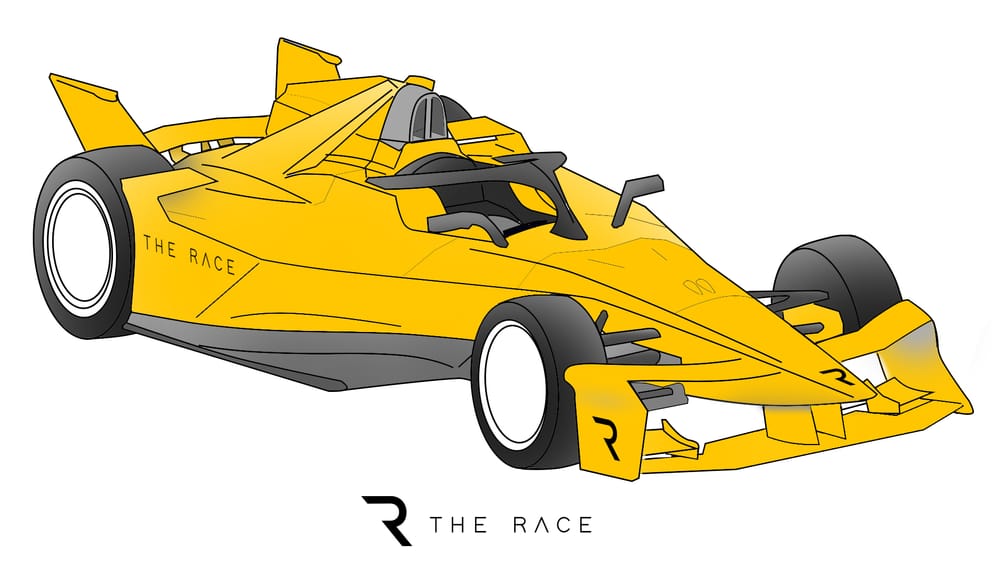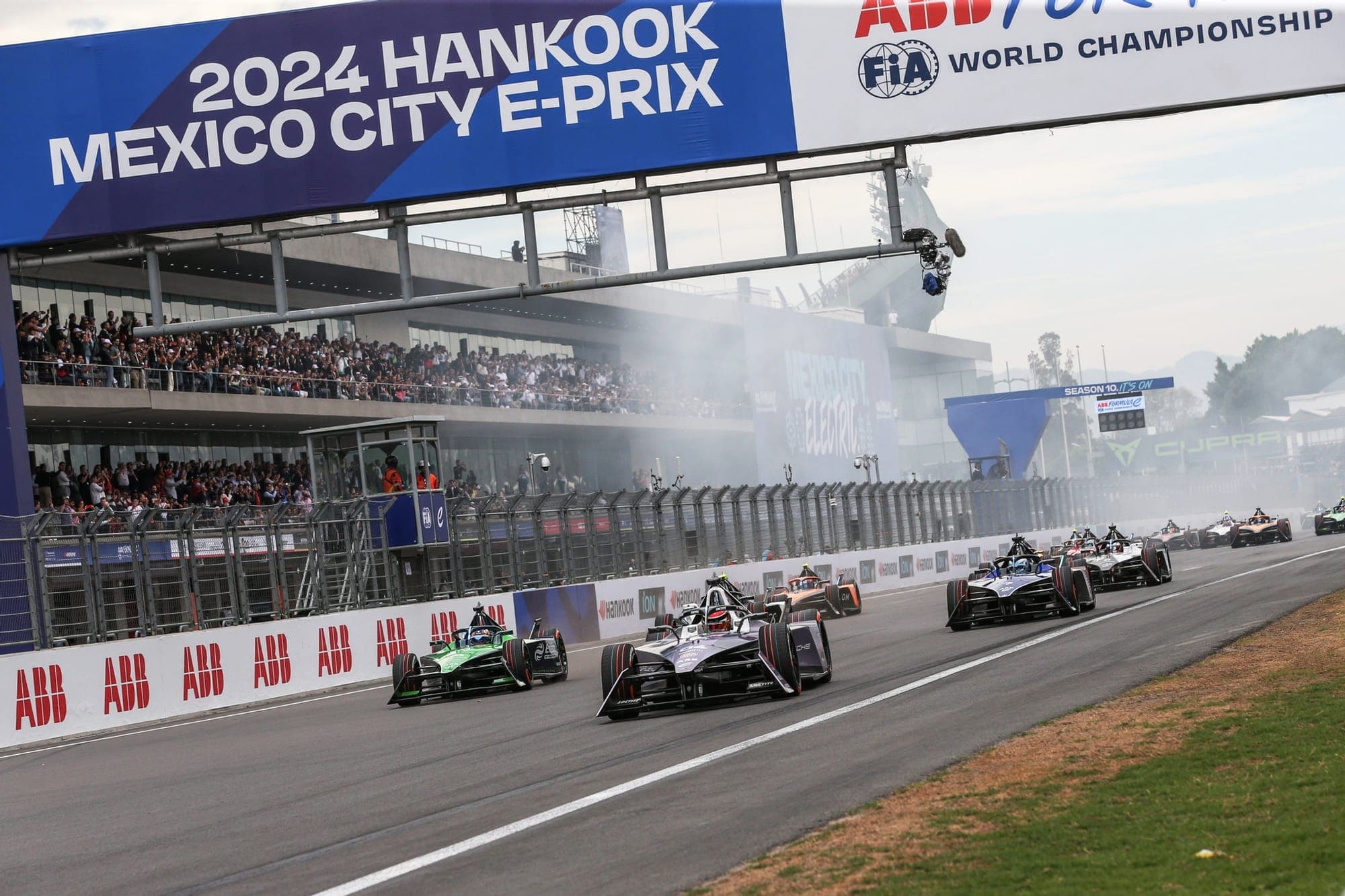

The investigations into race winner Pascal Wehrlein and defending Formula E champion Jake Dennis at the Mexico City E-Prix have their roots in a suspicion a form of traction control launch may have been used to get away from the start line.
After an extensive analysis of data and discussions with Porsche team members, a process that lasted almost four hours post-race, the FIA FIA technical department reached the decision that no further action was required in either case.
It meant polesitter Wehrlein kept his Mexico victory, with Dennis - who uses the same Porsche 99X Electric car at customer team Andretti - retaining ninth in the final order.
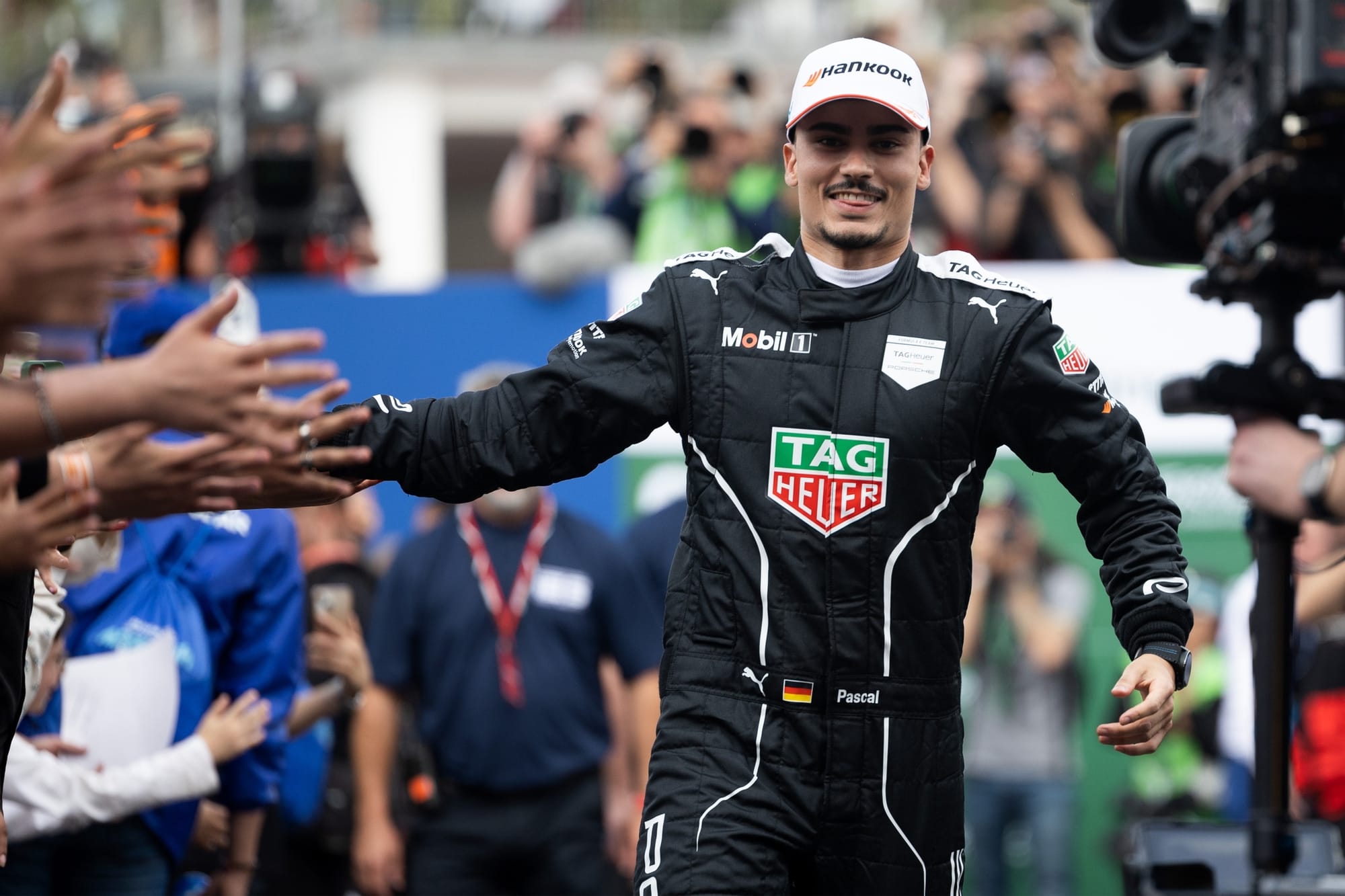
Both drivers plus Dennis's Andretti team-mate Norman Nato were placed under investigation early on in the 37-lap race. While Nato was cleared swiftly during the race, race control announced with six laps remaining that Dennis and Wehrlein’s cases would be investigated later.
The technical examination of the Porsche’s primary throttle pedal map, which is defined by the FIA technical department and is bound within the homologation procedure, lasted several hours before the final decision not to apply any penalties.
An FIA spokesperson told The Race that the Formula E stewards “took the necessary time to conduct a comprehensive investigation as per process”.
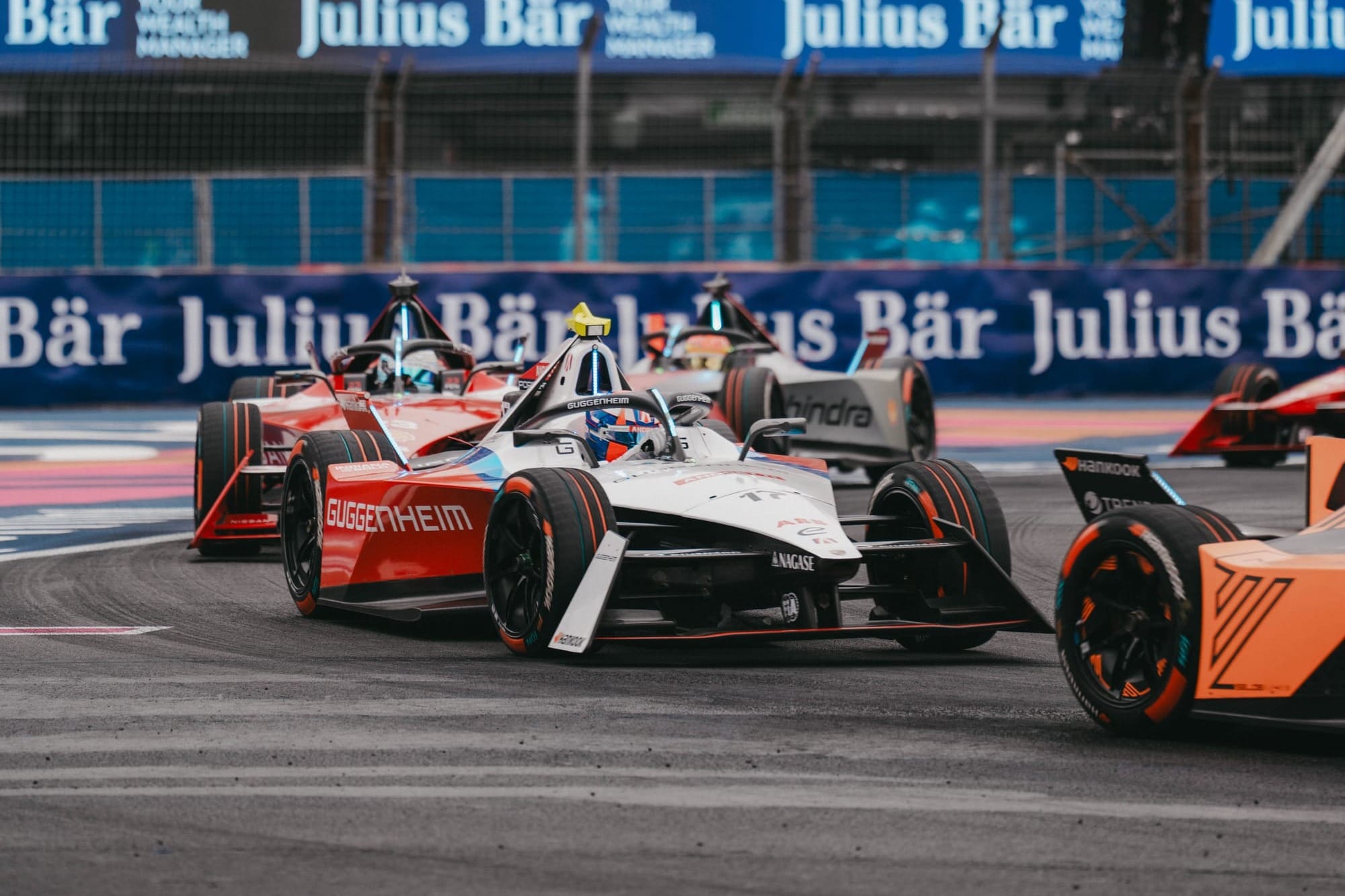
The spokesperson added that the Nato examination was resolved with an in-race decision because “his case didn’t require any further investigation”.
Formula E does not allow any traction control systems to be used. This is described in the technical regulations as “use of a system or device which can prevent the driven wheels from spinning under power or of compensating for excessive torque demand by the driver”.
Ersatz traction control software was widely believed to be used by teams in the Gen2 era before the advent of torque sensors mandated by the FIA in the seventh Formula E season in 2021.
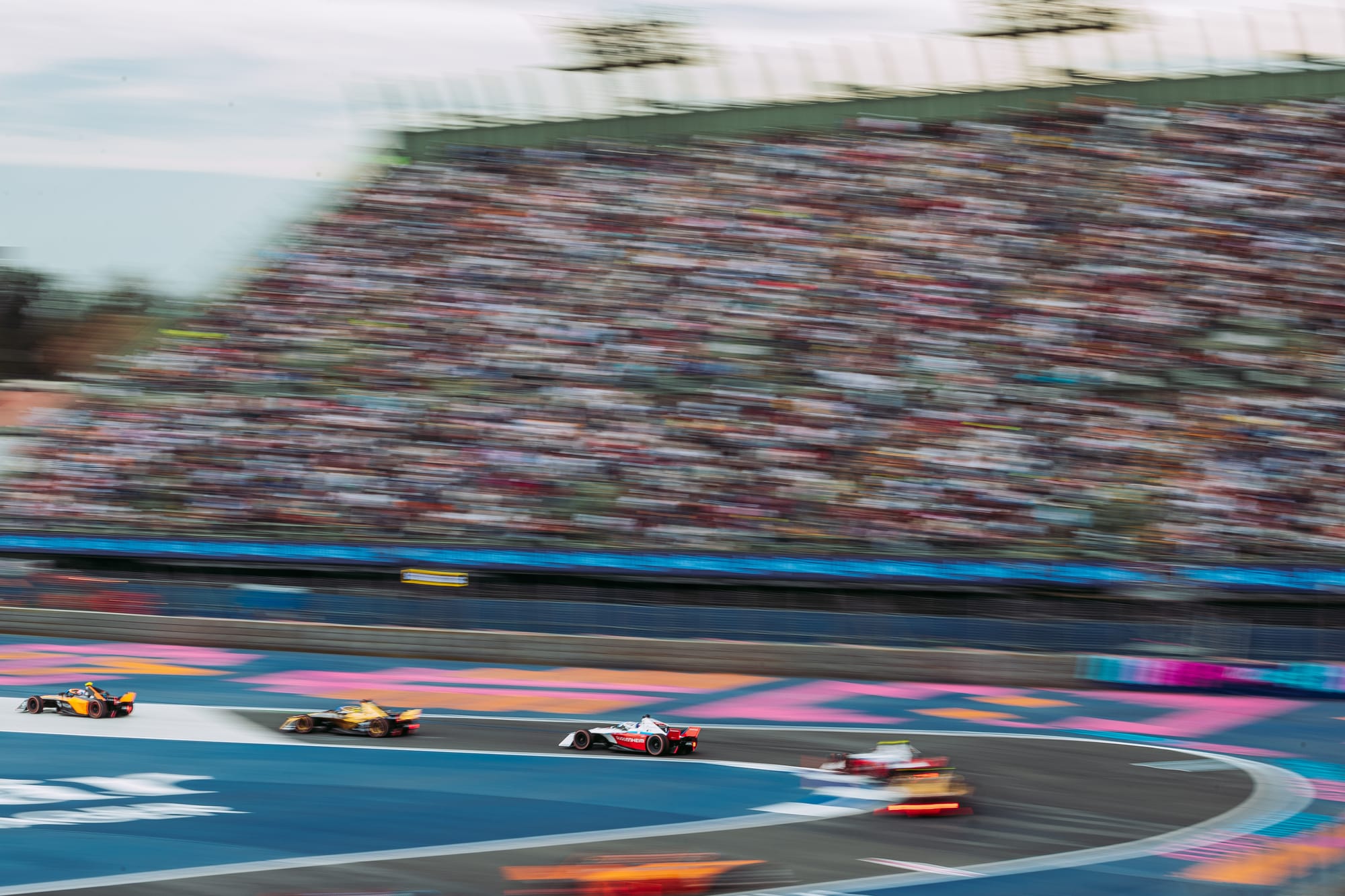
Since that time, it is unclear if teams have still been creative with their software but The Race has learned that there are suspicions that a form of automatic launch system has been developed and used in Formula E recently.
Torque sensors traditionally work by measuring the torsional deflection induced as a result of an applied torque. This is typically done by either measuring the resultant twist/displacement of the shaft or by measuring the surface strain on the shaft.
The FIA has been using a 'shuffle response' cycle that can detect unusual oscillations in powertrains. Formula E cars experience a shuffle response every time they exit a corner.
Over the evolution of Formula E car design, driveshafts have become bigger and control systems have evolved considerably in an effort to diminish the shuffles. But this response exists and it is difficult for the FIA to work out the difference between an oscillation and a system that can mimic traction control.
The systems that the FIA employ to analyse potentially suspicious activity have evolved recently and the latest one was first used in last season’s Monaco E-Prix.
Recently, the FIA technical department was bolstered by the appointment of former DS Performance and Stellantis Motorsport engineer Thomas Chevaucher. He was seen in the Porsche pitbox during and after the Mexico investigations as the FIA undertook its examinations.
The Race believes that teams will be looking for further clarity on the investigations ahead of the second and third races of the 2024 season in Riyadh in two weeks’ time.
